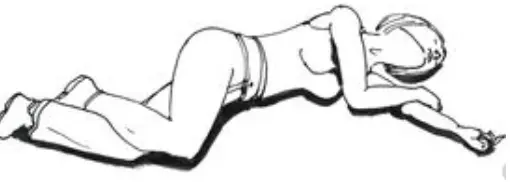
Glucagon: What it is and how to use it
Glucagon is a hormone that raises a person’s blood sugar (glucose). Like insulin, glucagon is produced in the pancreas. In a person without type 1 diabetes, the pancreas releases glucagon to ensure blood sugar does not drop too low.
When a person has type 1 diabetes, this doesn’t happen. People with type 1 diabetes must check their blood sugar regularly, try to prevent low blood sugar, and treat it as soon as it happens with a source of fast-acting sugar (like juice, candy, or a soft drink).
If a person’s blood sugar drops so low that they are unable to treat it themselves, they are having a severe low blood sugar (severe hypoglycemia). Other symptoms include:
- Being unresponsive or unconscious
- Having a seizure
- Being so uncooperative that you can’t give juice or sugar by mouth
Remember
Severe low blood sugar is an emergency. You must act immediately. Do not leave the student alone.
Carefully following a student’s Individual Care Plan should help to prevent a severe low blood sugar from happening at school. But it’s important to know what to do in case of emergency.
What to do for severe low blood sugar
- Place the student in recovery position.
- Have someone call 911. Then call the student’s parents.
- Stay with the student until ambulance arrives. Do not put anything in their mouth, such as food or drink (choking hazard).
- If there is a signed consent and mutual agreement to give glucagon (usually in the student’s Individual Care Plan), give it now. Staff identified in the care plan to give glucagon will have been trained.

Nasal Glucagon
Glucagon is available as a nasal powder (brand name Baqsimi). It comes in a single-use device, for use in the nose. Because each device has only one dose, you must not test it before using it.

Preparing and giving glucagon
- Remove the shrink wrap from the device.
- Open the lid, and remove the device from the tube.
- Hold the device between fingers and thumb.
- Insert the tip gently in one of the student’s nostrils until finger(s) touch the outside of the nose (see Figure 1).
- Push the plunger all the way in. The dose is complete when the green line is no longer showing (see Figure 2).
You can also watch this instructional video.
Recovery from severe low blood sugar
The student may take 5 to 20 minutes to wake up. Once the student is alert:
- Check blood sugar
- Give juice or fast-acting sugar
- Give a carbohydrate snack (such as crackers or a granola bar), if the student is able to eat.
A severe low blood sugar or the use of glucagon may cause nausea or vomiting. The student may not be able to eat or drink afterward. If this happens:
- Check blood sugar
- Seek medical help immediately (911 should be called even before giving glucacon. See above, What to do)
Source : Diabetes@school. diabetesatschool.ca © Canadian Paediatric Society
Last updated: